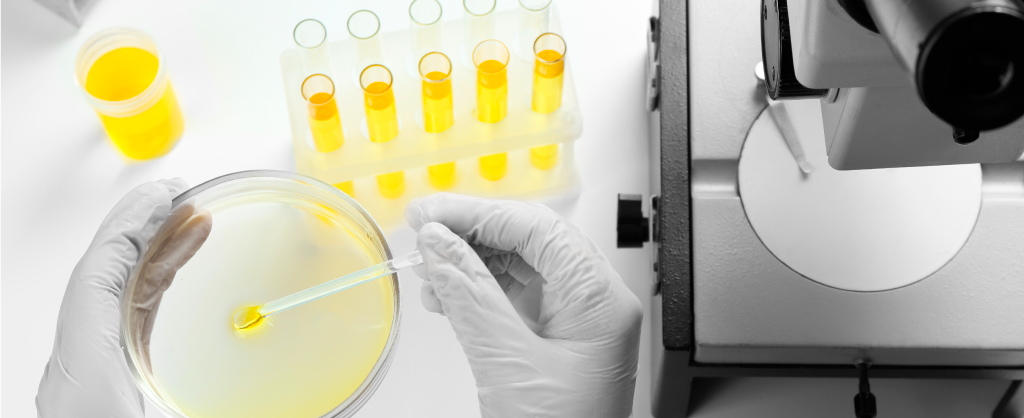
To better understand light urinary incontinence, it helps to first understand how your urinary tract really works. The kidneys filter urine from the blood; urine is then stored in the urinary bladder. The urinary bladder is a hollow muscular organ that retains urine until you decide that you feel full (under normal circumstances, approximately 300 […]

Most tests that lead to the precise diagnosis of the type of incontinence are simple. They include urine tests: general urine test, urine culture, antibiogram, urine cell analysis, radiology analyses, such as examination of the urinary tract with ultrasound, cystogram, and urodynamic testing that may be combined with video recordings of urination, after the bladder […]

Decreased levels of oestrogens observed during the menopause may cause the epithelium of the urethra (the small tube that allows urine to be expelled from the bladder) to atrophy. In addition, the muscles that make up the pelvic floor lose their strength with age, a condition known as wasting. As a result, women in their […]

Light urinary incontinence during pregnancy may be the result of many factors. Certain women are genetically predisposed, while others are not. Race and age may also constitute contributing factors. It is known that smoking also contributes to the onset of light incontinence. Conditions of the lungs, such as asthma and chronic cough, may also weaken […]

Urinary incontinence associated dermatitis is an international health challenge and has already been recognized as a risk factor for the development of pressure ulcers. The ability of clinicians to provide evidence-based care is limited by the lack of internationally accepted definitions and terminology, high-quality studies, and international or National guidelines. In September 2014, a team […]



